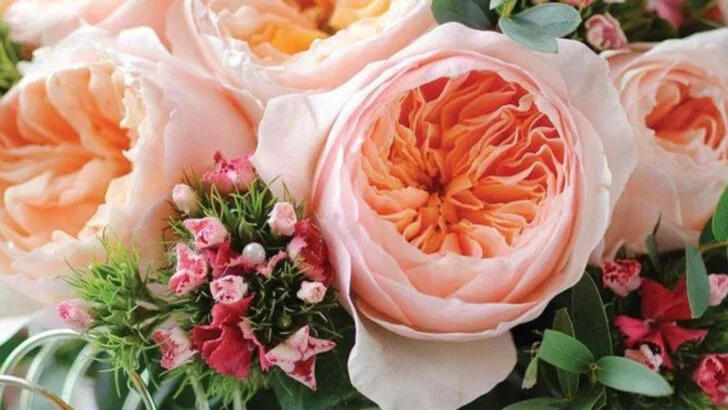There’s something almost magical about flowers that make you wait all year for their moment to shine. These 15 rare bloomers reward your patience with stunning displays of color, shape, and scent, turning a regular garden into a show-stopping spectacle—for just a few days each year.
While they may seem mysterious or high-maintenance, many of these flowers are surprisingly easy to grow if you know their quirks. Some thrive on being ignored most of the time, while others need specific light, soil, or watering cycles to time their grand performance. But when they finally burst into bloom, it’s absolutely worth it—and often becomes the highlight of your gardening calendar.
Whether you’re hoping to impress your neighbors, build a botanical collection with a story, or simply want to witness nature’s ephemeral beauty, these once-a-year wonders are unforgettable. Here’s how to welcome them into your space—and give them exactly what they need to show off their one big moment.
Kadupul Flower

A mystical bloom, the Kadupul Flower, also known as the ‘Queen of the Night,’ only opens after dark. Its ephemeral beauty is both mesmerizing and elusive, lasting mere hours before withering with the dawn. Native to Sri Lanka, growing this flower requires mimicking its natural habitat—warm, humid conditions and indirect light. It thrives in well-draining soil and demands patience as it waits for the perfect moment to bloom. Did you know? This flower is considered priceless due to its rarity and delicate nature, often vanishing before it can be picked.
Corpse Flower
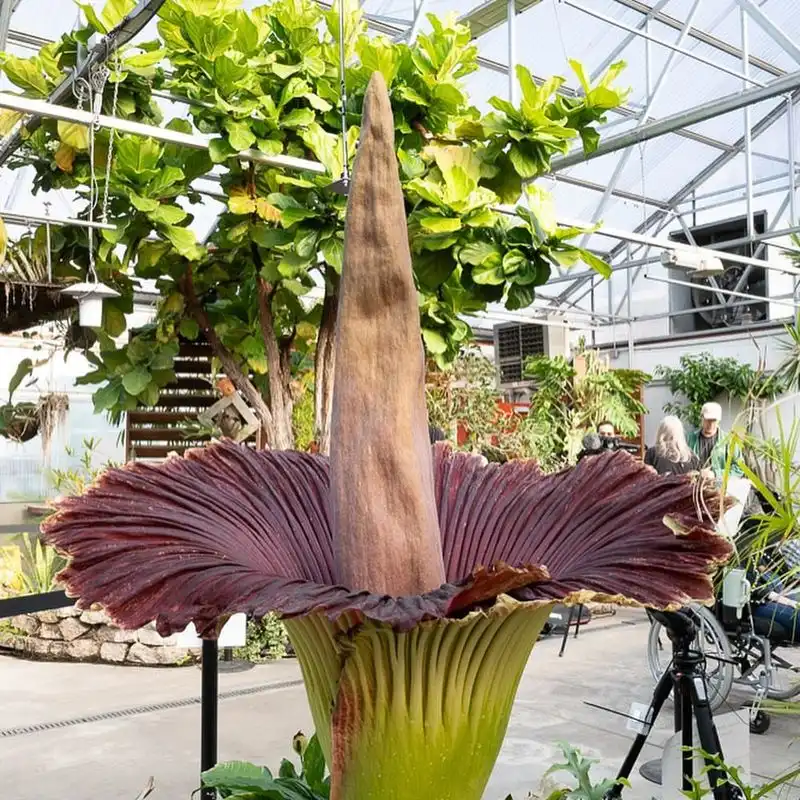
Notorious for its pungent aroma, the Corpse Flower blooms once every few years, making its annual appearance a spectacle. Towering over most garden flora, it releases a scent reminiscent of rotting flesh to attract pollinators. Originating from the rainforests of Sumatra, cultivating this botanical wonder requires a spacious environment and warm temperatures. It’s a grand challenge, but the reward is a flower that’s as fascinating as it is rare. Fun fact: The bloom can reach heights of up to 10 feet, drawing crowds at botanical gardens worldwide.
Ghost Orchid

The ethereal Ghost Orchid floats like a specter in the swampy forests of Florida and Cuba. Without leaves, it relies on its roots for photosynthesis, making it a unique marvel. This rare beauty is exceptionally difficult to cultivate, demanding high humidity and specific fungal relationships for survival. Patience and precision are essential for those attempting to nurture it outside its natural habitat. Interestingly, its rarity and ghostly appearance have earned it a spot in numerous botanical legends and conservation efforts.
Middlemist Red
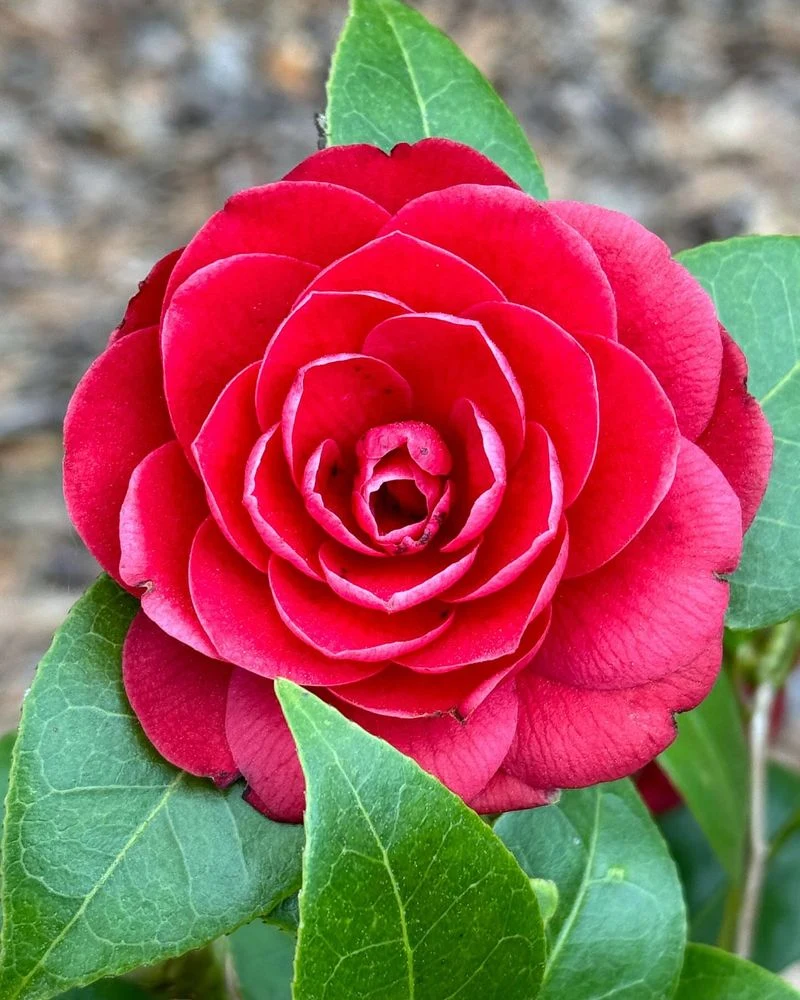
As one of the world’s rarest camellias, the Middlemist Red captivates with its vivid pink blossoms. With only two known plants in existence, its scarcity adds to its allure. Cultivating this rare gem requires dedication to replicating its native conditions—cool, sheltered environments with acidic soil. Despite its rarity, it’s a symbol of beauty and perseverance in the face of extinction. Did you know? The remaining plants reside in New Zealand and the United Kingdom, attracting enthusiasts from around the globe.
Youtan Poluo
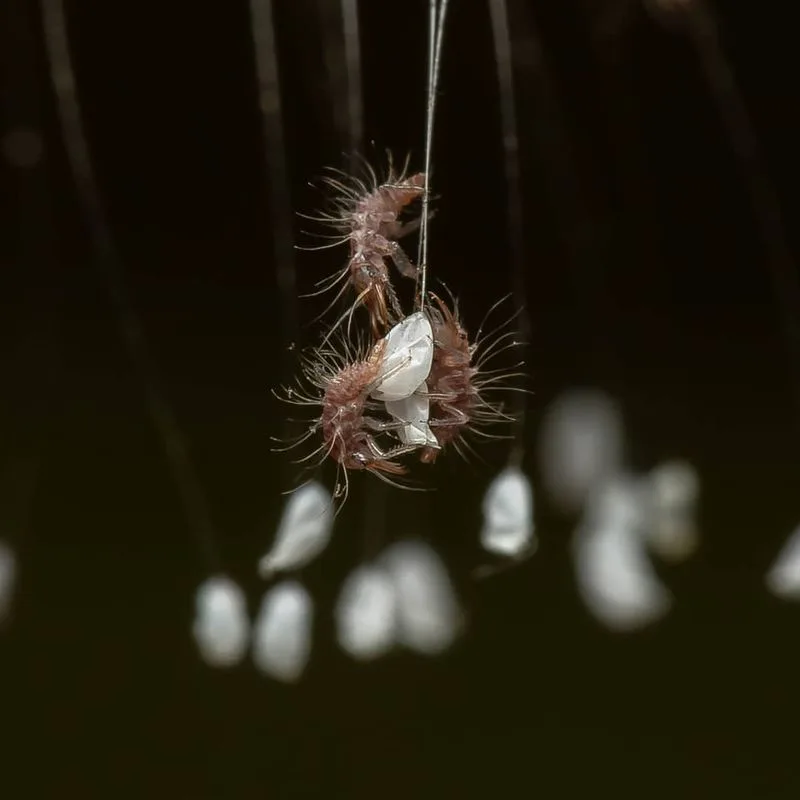
The Youtan Poluo is shrouded in mystery, rumored to bloom once every 3,000 years according to legend. These tiny, fragrant flowers are almost invisible to the naked eye, yet their presence is profound. Cultivating them is nearly impossible, given their mythical status, but they inspire awe and wonder with their rare appearances. Origin stories tie them to spiritual and mystical significance, adding layers of intrigue to their already fascinating existence. These enigmatic blooms are as much about legend as they are about botany.
Parrot’s Beak
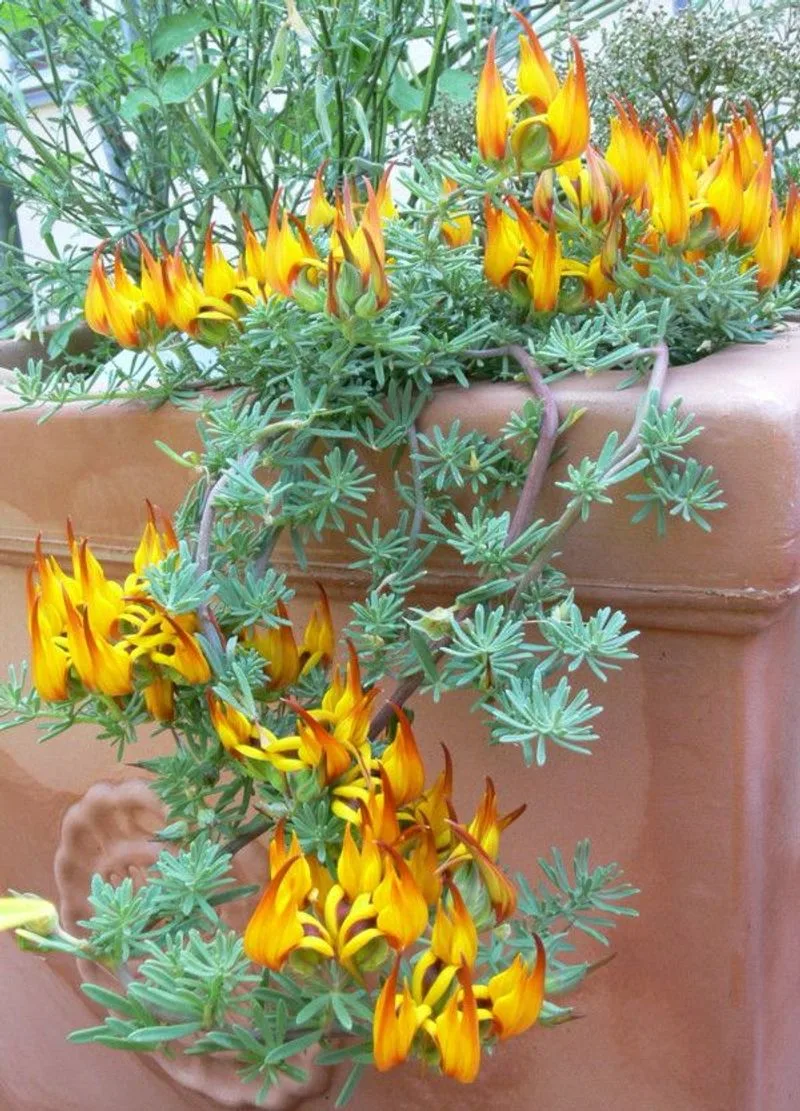
With their striking resemblance to a parrot’s beak, these vibrant flowers are a visual delight. Native to the Canary Islands, they flourish in cool, mild climates and sandy soil, making them a gardener’s delight in the right conditions. Their vivid colors attract pollinators, adding life and movement to any garden. However, replicating their natural environment can be a challenge, requiring careful attention to temperature and soil composition. Their unique shape and color make them a standout choice for those seeking something extraordinary.
Chocolate Cosmos
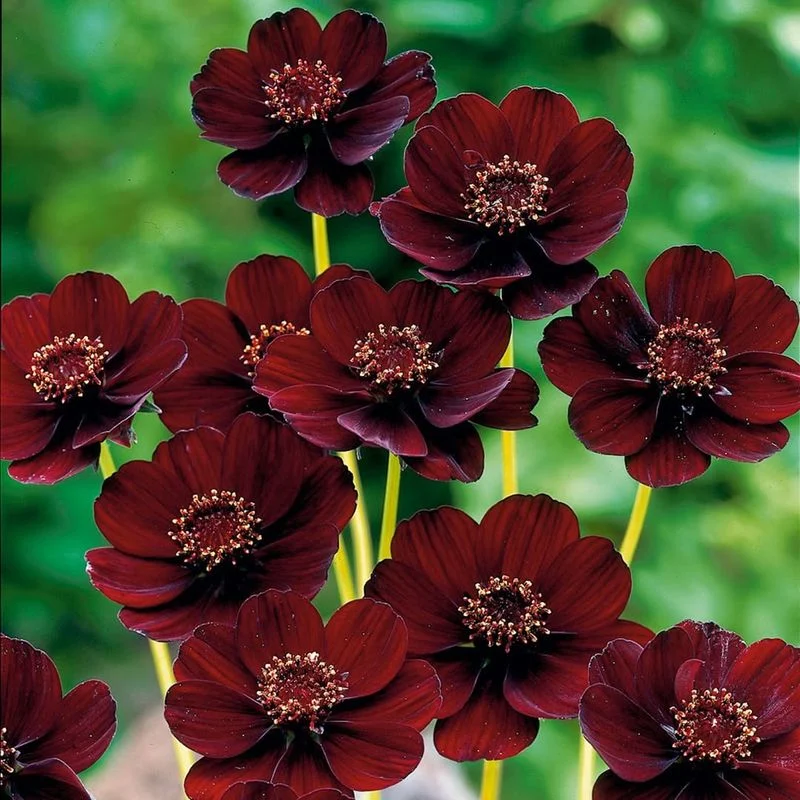
The rich, velvety petals of the Chocolate Cosmos are as tempting as their name suggests, with a subtle chocolate scent enchanting those nearby. Originally from Mexico, these flowers require sunny spots and well-drained soil to thrive. Their dark maroon hue adds a touch of elegance to gardens, while their fragrance invites curiosity. Despite their beauty, they are relatively easy to grow for those willing to provide the right conditions. Interestingly, they were once thought extinct, but dedicated conservation efforts have brought them back to our gardens.
Juliet Rose
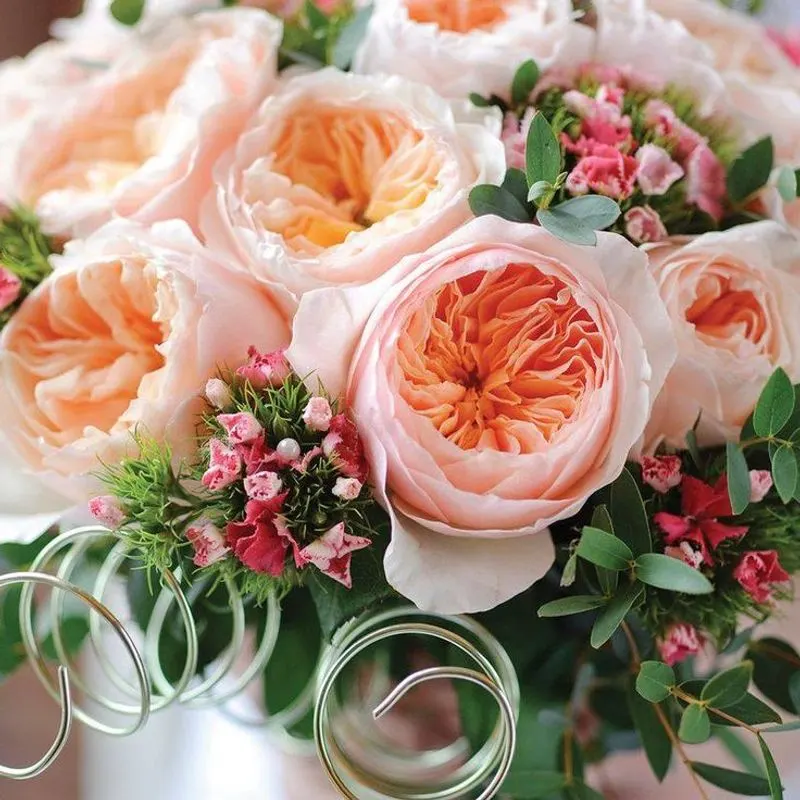
Known as the “£3 million rose,” the Juliet Rose combines opulence with delicate beauty. Developed over 15 years, its peach-colored blooms are a testament to patience and craftsmanship in horticulture. This luxurious flower thrives in sunny, well-drained environments, rewarding gardeners with its lush, layered petals. While its price tag might suggest exclusivity, its beauty is accessible to those willing to meet its growing needs. Fun fact: The creation of this rose was a labor of love, showcasing the blend of art and nature in flower breeding.
King Protea
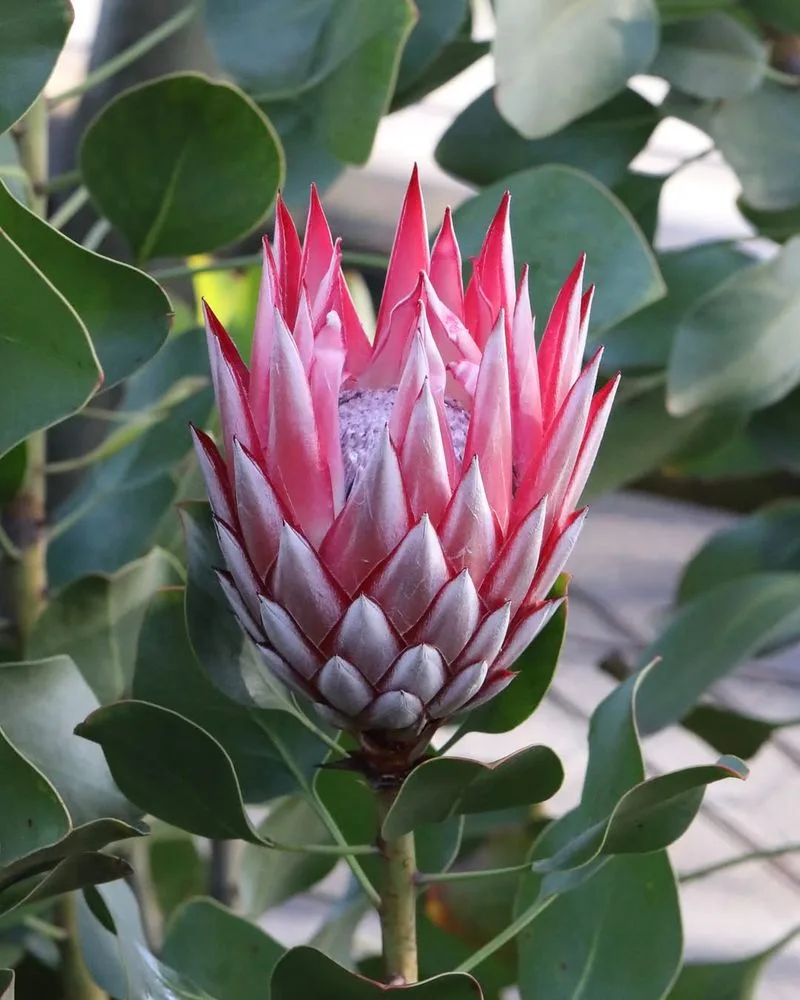
The King Protea commands attention with its enormous, crown-like bloom. As South Africa’s national flower, it symbolizes change and hope. Growing this striking flower involves replicating its natural habitat—sandy, acidic soils and plenty of sunshine. Its unique shape and size make it a standout centerpiece in floral arrangements, while its resilience adds a layer of intrigue. Despite its bold appearance, it’s remarkably adaptable, thriving in various climates with the right care. This flower is a testament to nature’s ability to surprise and inspire.
Night Blooming Cereus
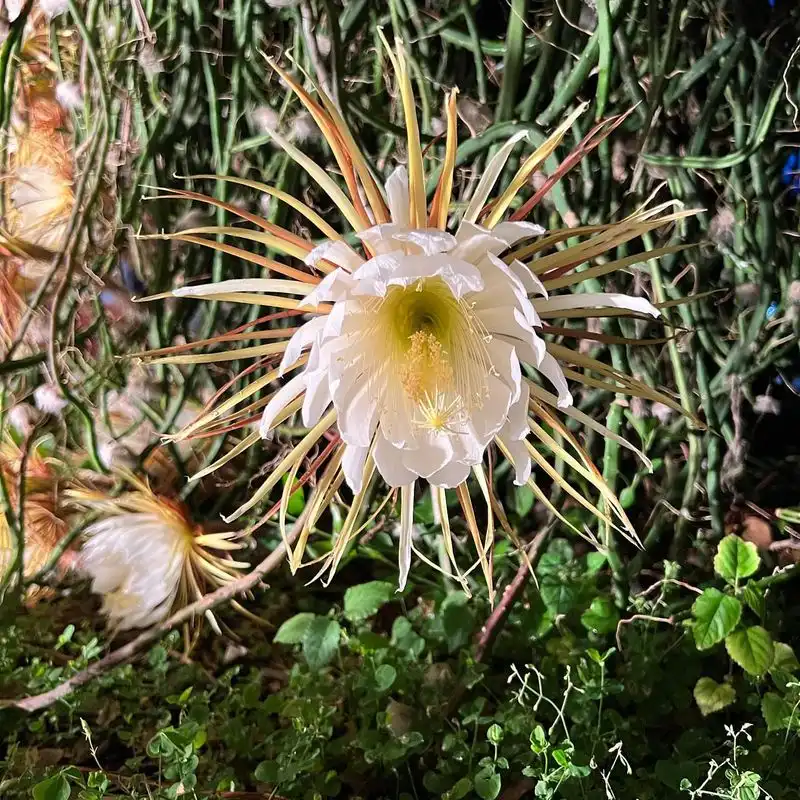
Often called the ‘Queen of the Night,’ the Night Blooming Cereus unfurls its fragrant petals only after sunset. Native to desert regions, this cactus flower requires arid conditions and well-draining soil to flourish. Its brief nighttime display is a fleeting spectacle, drawing admirers from far and wide. Cultivating it demands a balance of patience and precision, offering rewards in the form of its exquisite blooms. Did you know? Despite its humble cactus origins, its blooms are a highlight in many tropical gardens.
Blue Lotus
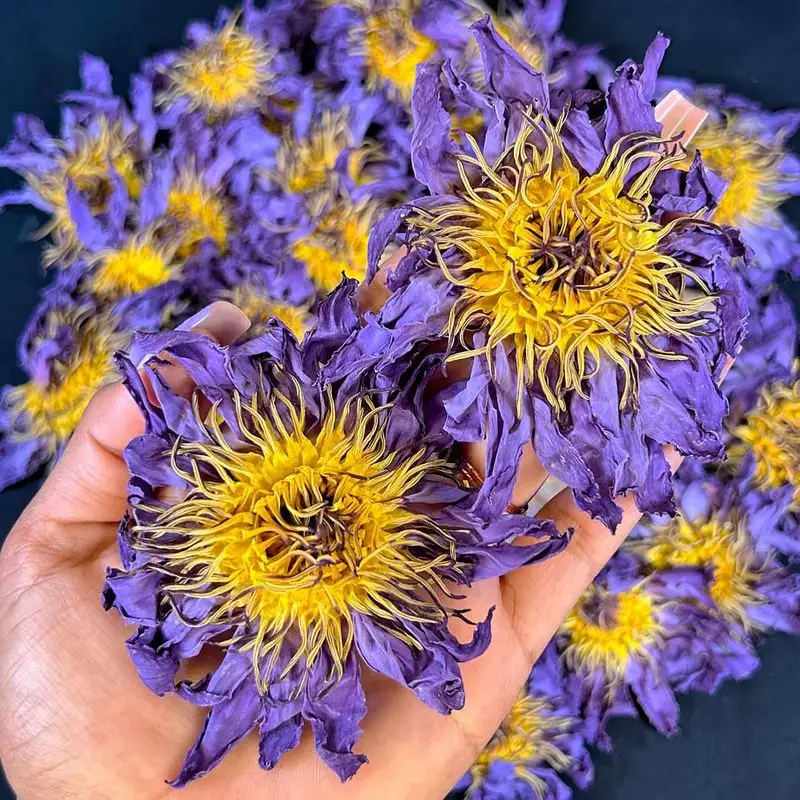
The Blue Lotus emerges from its aquatic environment with an air of serenity and grace. Revered in ancient cultures, it symbolizes purity and rebirth. This water-loving flower requires a calm, sunny environment to thrive, often grown in ponds or water gardens. Its striking blue petals and golden center create a visual harmony that captivates onlookers. Beyond its beauty, the Blue Lotus holds cultural significance, often depicted in art and mythology, adding a dimension of mystique to its cultivation.
Silversword
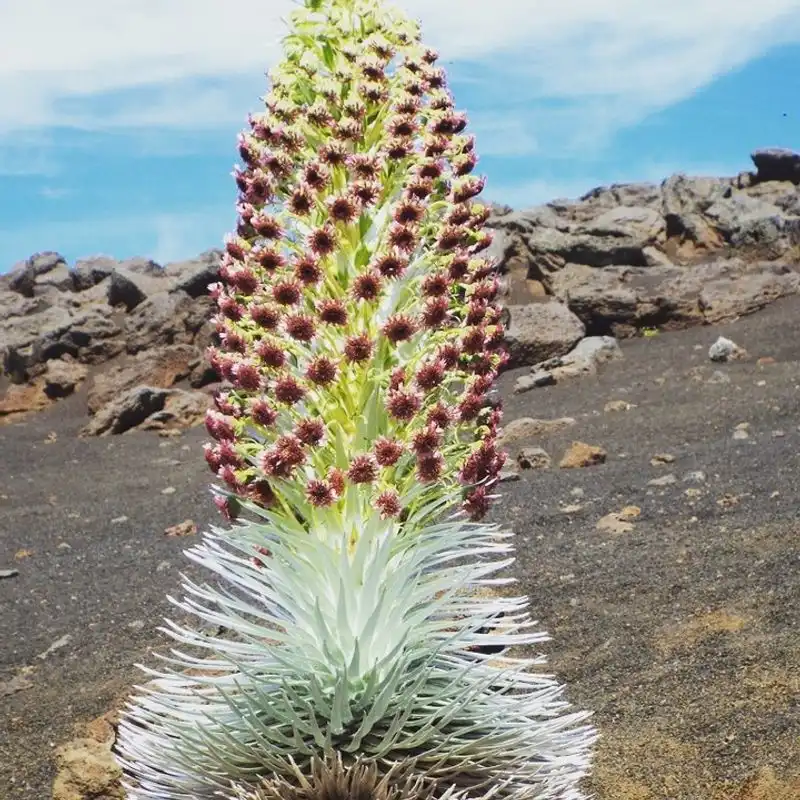
Perched on the volcanic slopes of Hawaii, the Silversword shines with a metallic luster. Its long, silver leaves are an adaptation to harsh climates, reflecting sunlight and conserving water. This resilient plant blooms only once in its lifetime, making its flowering event remarkable. Cultivating Silversword requires understanding its unique habitat—high altitudes and volcanic soil. Its rarity and striking appearance make it a botanical treasure, drawing enthusiasts to witness its once-in-a-lifetime bloom. Did you know? Its survival is a testament to nature’s resilience and adaptability.
Lady Slipper Orchid
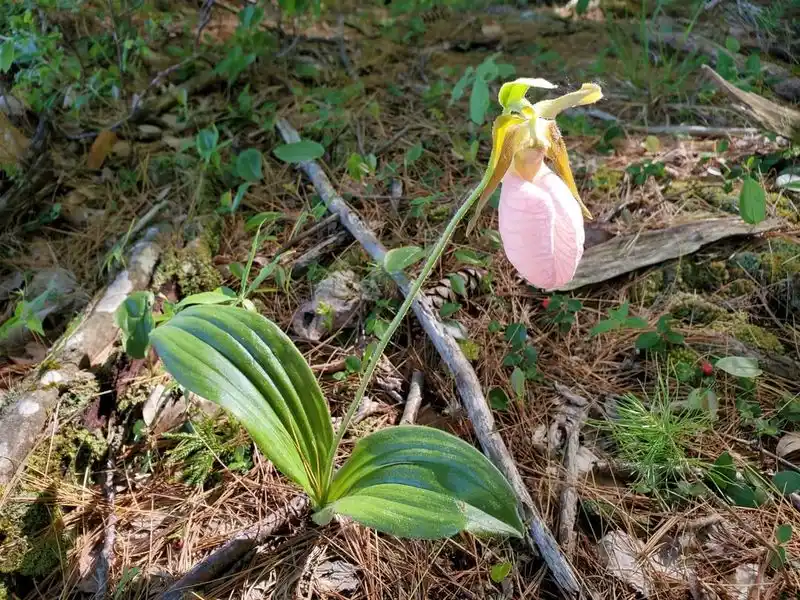
The Lady Slipper Orchid captivates with its intricate pouch-like bloom, resembling a delicate slipper. Native to North America and parts of Asia, it thrives in shaded woodland environments with well-draining soil. Patience is key when cultivating this orchid, as it requires specific conditions and can take years to bloom. Its unique shape and vibrant colors make it a prized addition to any garden. Despite its beauty, conservation efforts are crucial due to its declining natural habitats, highlighting the need for sustainable cultivation practices.
Saffron Crocus
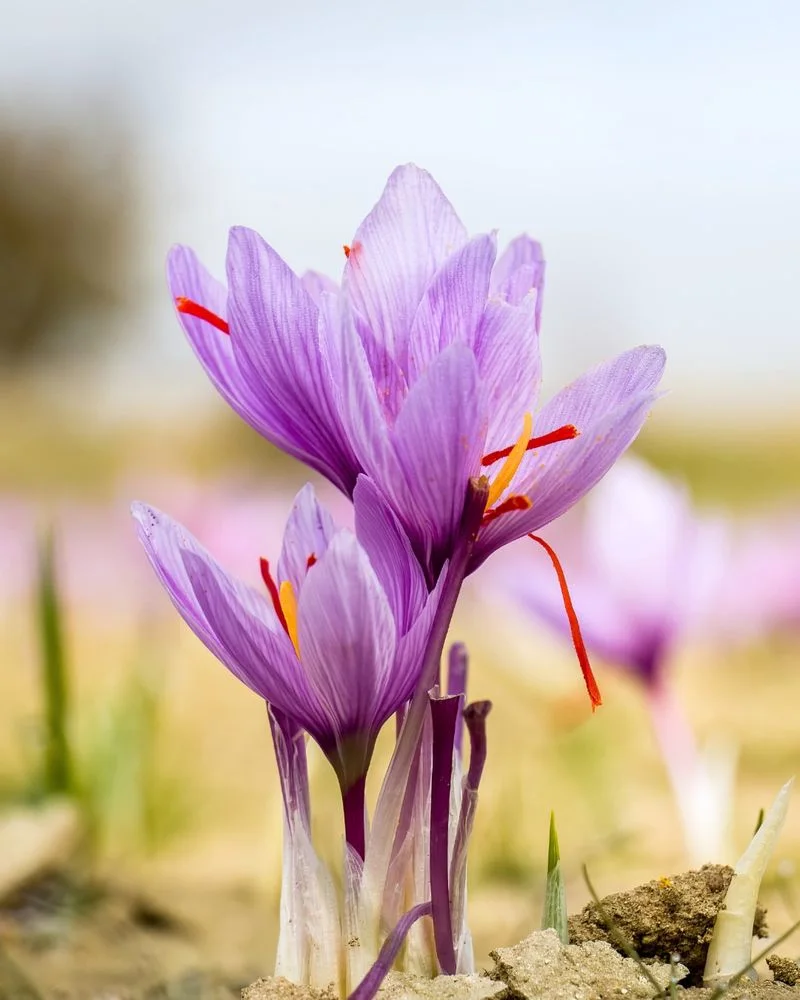
The Saffron Crocus offers more than just beauty; its vivid red stigmas are the world’s most expensive spice. Growing this crocus requires a Mediterranean climate with dry soil and plenty of sunlight. Its delicate purple petals contrast with the rich red strands it produces, creating a visual and culinary delight. While cultivation can be labor-intensive, the reward is a spice that has flavored dishes for centuries. Fun fact: It takes around 75,000 flowers to produce just one pound of saffron, emphasizing its value and rarity.
Bamboo Orchid
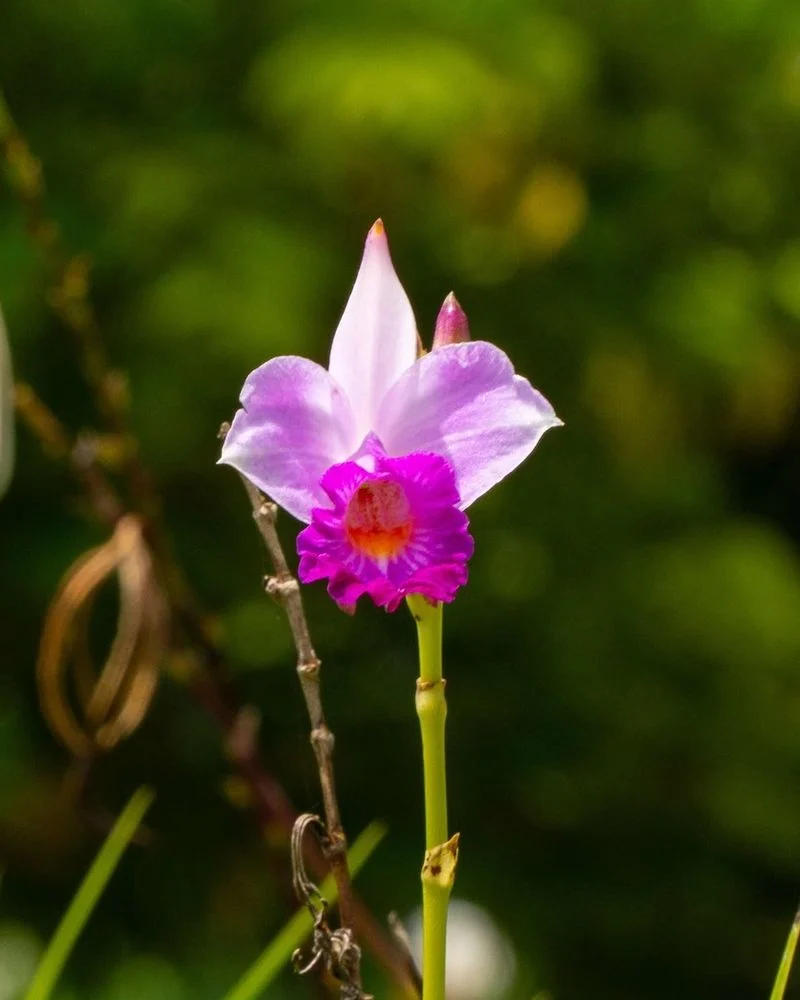
The Bamboo Orchid, with its tall, slender stalks and delicate flowers, adds elegance to any garden landscape. Native to Southeast Asia, it thrives in warm, humid conditions with ample sunlight. This orchid’s graceful appearance is complemented by its resilience, adapting well to various environments. Cultivating it requires attention to moisture levels and sunlight, rewarding gardeners with its blooms. Did you know? Its name derives from its bamboo-like stems, which provide a striking contrast to its colorful flowers.

